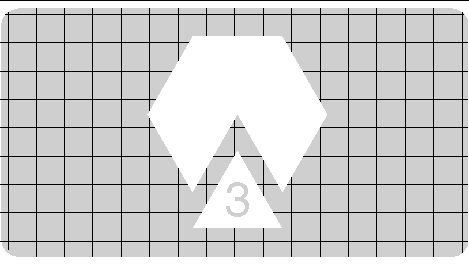

Automated Docking of Flexible Ligands to Receptors

Garrett M. Morris
David S. Goodsell
Ruth Huey
William E. Hart
Scott Halliday
Rik Belew
Arthur J. Olson
AutoDock is distributed free of charge for academic and non-commercial use. There are some caveats, however. Firstly, since we do not receive funding to support the academic community of users, we cannot guarantee rapid (or even slow) response to queries on installation and use. While there is documentation, it may require at least some basic Unix abilities to install. If you need more support for the AutoDock code, a commercial version (with support) is available from Oxford Molecular (
http://www.oxmol.com
). If you can't afford support, but still need help:
(1) Ask your local system administrator or programming guru for help about compiling, using Unix/Linux, etc. .
(2) Consult the AutoDock web site, where you will find a wealth of information and a FAQ (Frequently Asked
Questions) page with answers on AutoDock:
http://www.scripps.edu/pub/olson-web/doc/autodock/
(3) If you can't find the answer to your problem, send your question to the Computational Chemistry List (CCL).
There are many seasoned users of computational chemistry software and some AutoDock users who may
already know the answer to your question. You can find out more about the CCL on the web, at:
http://ccl.osc.edu/ccl/welcome.html
(4) If you have tried (1), (2) and (3), and you still cannot find an answer, send email to garrett@scripps.edu for
questions about AutoGrid or AutoDock; or to rhuey@scripps.edu, for questions about AutoTors.
Arthur J. Olson, Ph.D.:
olson@scripps.edu
Peggy Graber, Senior Administrative Assistant:
graber@scripps.edu
Garrett M. Morris, M.A., D.Phil.
garrett@scripps.edu
David S. Goodsell, Ph.D.
goodsell@scripps.edu
Ruth Huey, Ph.D.
rhuey@scripps.edu